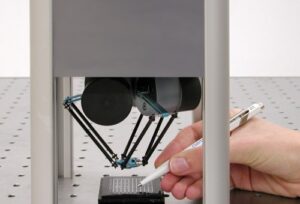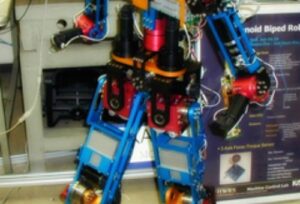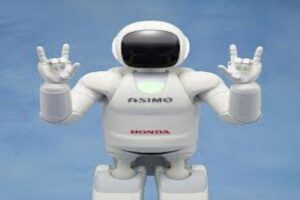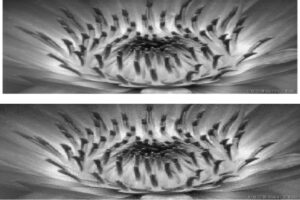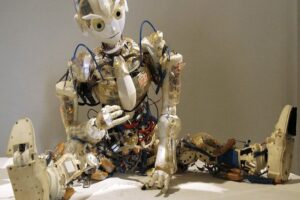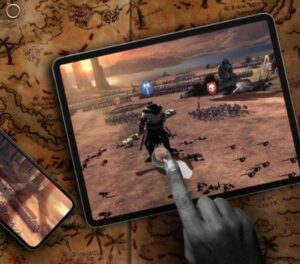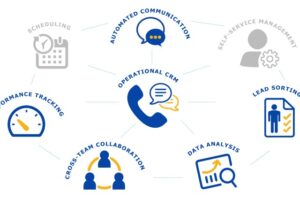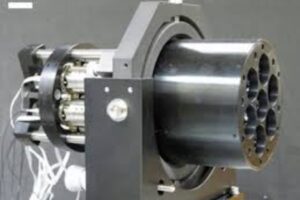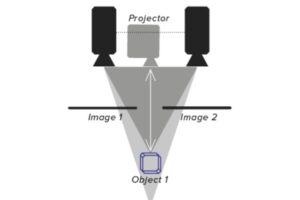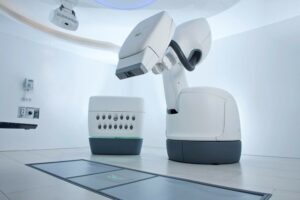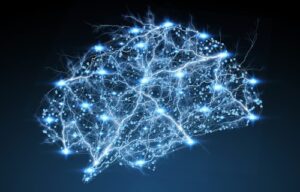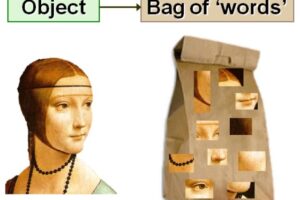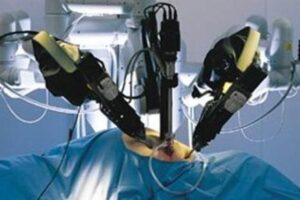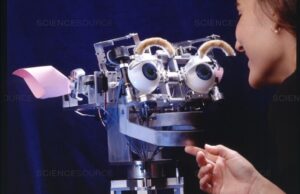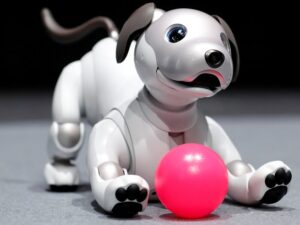The Evolution of Artificial Intelligence
The tech we use nowadays is the outcome of a number of artificial intelligence milestones achieved by many unsung heroes. We travelled back in time and compiled a list of all significant artificial intelligence achievements that have allowed us to enjoy our current lifestyle. Let’s take a look at AI evolution over time. The timeline below highlights AI milestones that have been achieved throughout history. These achievements can be found in all areas of Artificial Intelligence. Because this is a growing timeline, new milestones will be updated on a regular basis.
Timeline

Automatic Detection of Steganography
In this Automatic Detection of Steganography application, machine learning was used to detect secret messages in electronic images, audios, and videos. The researchers trained the algorithms to work in both content and compression-type image formats. The trained system can also detect previous steganography techniques. Read more September, 2003
Experimental Robot By Lewis Took Photographs Of People On Social Events
The autonomous experimental robot can navigate through the environment and take photographs of people. The system comes with two digital cameras placed on an iRobot mobile robot platform. The robot ran for more than 40 hours over five days. Further, it interacted with almost 5,000 people and took over 3000..Read more
The First Learning System For Humanoid Robots Developed By Fujitsu Laboratories
The system utilized a dynamically reconfigurable neural network. The new mathematical model prepared by the researchers was focused on the human nervous system. This first learning system for humanoid robots helps them to learn about motor coordination and the movement quickly. Neural networks in the past took days and even..Read more
Criterion Online Essay Evaluation
Criterion Online essay evaluation is done by using natural language processing and machine learning. Education Testing Service is committed to providing fair assessment instruments. It is a web-based educational system that offers automatic scoring and student evaluation. The application removed the load on teachers in reading and evaluating more than..Read more
Massive Multiplayer Online Role-Playing Games (MMORPG) With Better Graphics
Massive Multiplayer Online Role-Playing Games offered the ever-best graphics and allowed players to assume spaceship commands via an artificial intelligence system. The players could combat against other players or their environment in the game. The players gained skills in real-time even without logging-in to the game. Over half a million..Read more
Skin Customer Relationship Management: A Telephone-Based Application
Skin Customer Relationship Management (Skin-CRM) provides door-to-door cosmetic support service. The salesperson took the image of a customer’s skin via camera, email software, and a web browser. Then the image is sent by email to the analysis system. The output is available on a customer-accessible website within minutes. Plus, it..Read more
Roomba From The iRobot Corp By Rodney Brooks
Roomba is the Domestic Robotic Vaccum system from the iRobot Corp by Rodney Brooks. It was the first household cleaning robot that was able to detect and avoid hurdles. Moreover, it could navigate within a house without using location maps. This Frisbee-shaped robot was the first successful domestic robot in..Read more
The iRobot PackBots Developed By Endeavor Robotics
The iRobot PackBots is responsible for performing multi-tasks developed by Endeavor Robotics. They were first searched through the ruins of the World Trade Center after the September 11 terrorist attack. The new and advanced forms of iRobots are in use in Afghanistan and Iraq. Read more September, 2001
Introduction Of CyberKnife By The FDA
The FDA announced that their CyberKnife could treat tumors (kill tumor-causing cells) anywhere in the body. The treatment usually requires 1 to5 session to be performed completely. Plus, it reduces the chances of death during and after the patient’s treatment with its submillimetric accuracy. Read more August, 2001
Graphics Processing Unit (GPU) by NVIDIA
NVIDIA introduced the graphics processing unit system to integrate chips with image formation/ rendering engines. It is a particular electronic circuit that is designed for the professional and gaming industries. Automotive and mobile computing markets also use this exceptional system. Read more January, 2001
The First Neural Language Model Introduced By Yoshio Bengio And His Team
They used the feed-forward neural network to introduce the first neural language model. It described an artificial neural network that didn’t use the connection to form a cycle. It’s quite different from the recurrent neural network. In this system, the data moved in one direction from input to output nodes...Read more
Hawk-Eye Computer System Developed By Dr. Paul Hawkins
The computer system was developed for cricket, tennis, and other sports to track the ball’s path by Dr. Paul Hawkins. He was working at Roke Manor Research Limited. The given Hawk-Eye Computer System is linked with a computer, and more than six television cameras are situated at a high level..Read more
First Robotic Surgeon Approved By FDA For Laparoscopic Surgery
DaVinci Surgical System is the first robotic surgeon approved by FDA for minimally invasive laparoscopic surgeries with high accuracy and low error. Now, there are more than 1500 hospitals that have DaVinci surgical system. Created by a tech giant named Intuitive, Devinci covers a total number of approximately 5500 worldwide...Read more
Kismet Robot Developed By Professor Cynthia Breazea
A Kismet robot is a bot with a head part developed as an experiment for affective computing (a machine with emotional stimulation and recognition). For interaction with humans, the input part consists of proprioception, visual, and auditory abilities. Facial expression movements include a head, ears, jaw, lips, eyelids, and eyebrows...Read more
Semantic Web By Berners-Lee
Semantic Web is also known as “Web 3.0”, and its architecture is illustrated through Stack. It is possible to perform machine processing directly or indirectly on the web that contains data. Using Fuzzy Logic, Automated reasoning systems, and Probabilistic reasoning techniques, it deals with the issues related to web-like deceit,..Read more
AIBO Toy Robot Developed By Sony
AIBO toy robot is an Artificial Intelligence Robot that was developed as a pet dog for entertaining kids. It has a CPU as a brain, 20 points ability to move, sensors as sensory organs, and application software “memory stick” to control functions. The human can easily determine the desires of..Read more
Intelligent Room and Emotional Agents at MIT AI Lab
The project’s major goal to start Intelligent Room and Emotional Agents (robots that could understand human emotion) was to enter the computer into the real-world so that they could cooperate according to human needs. A layer-based architecture with vision capabilities is built to determine whether humans are talking to each..Read more
